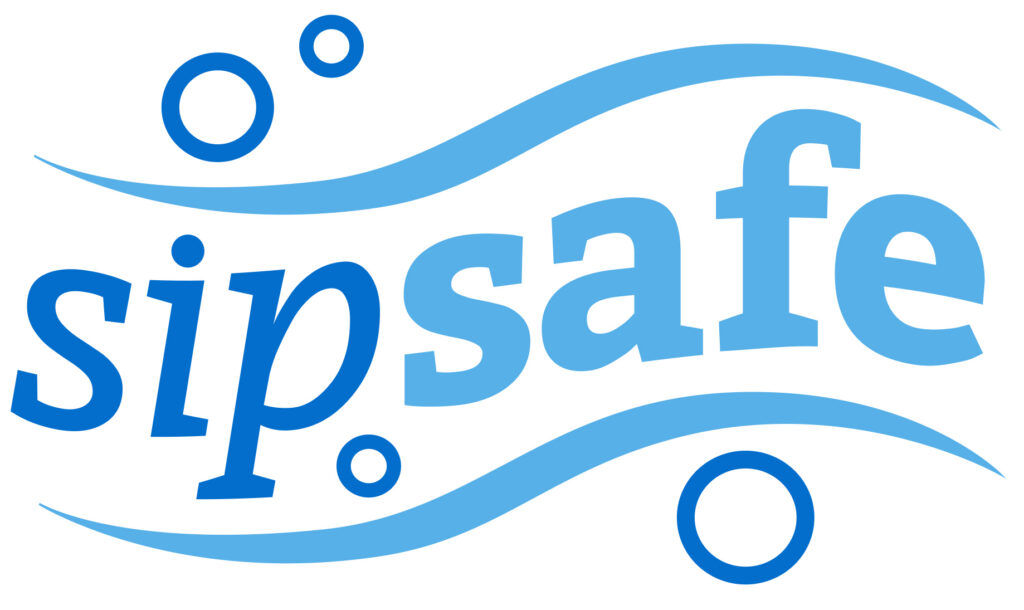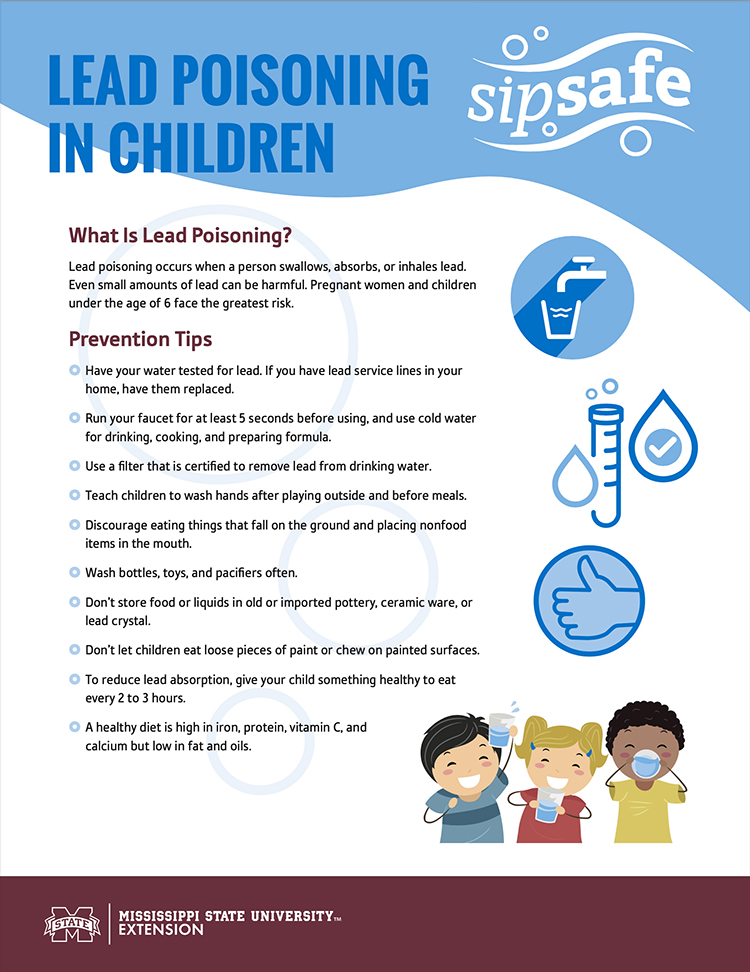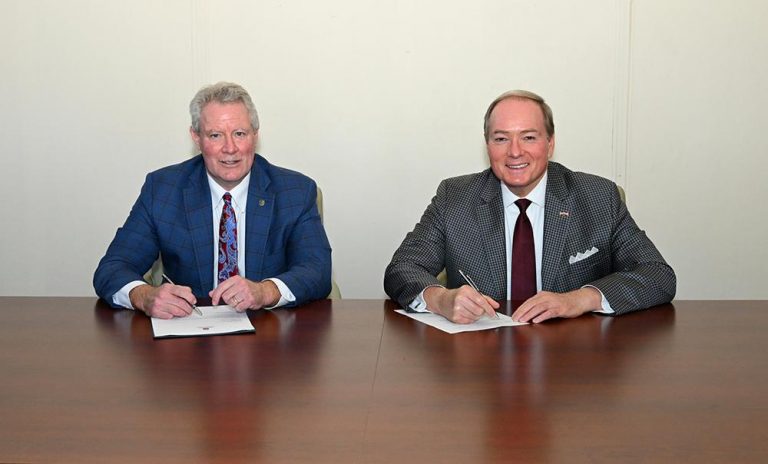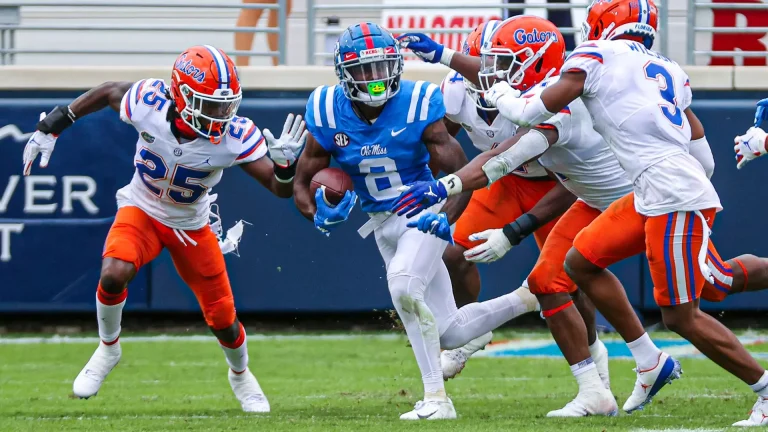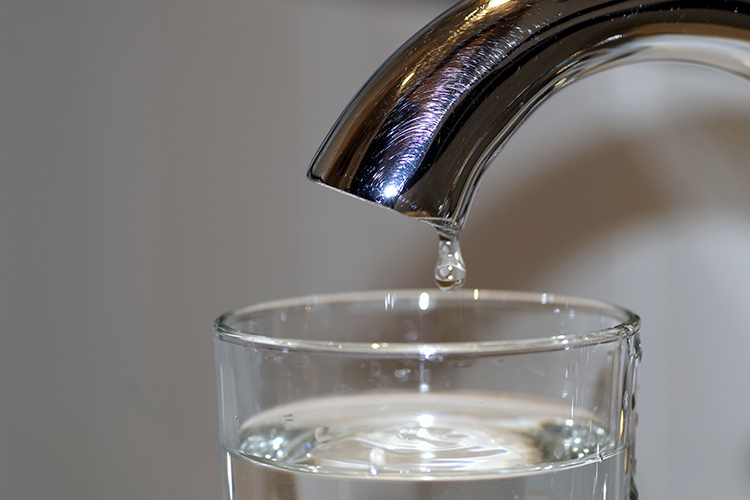
A group of University of Mississippi researchers is working with the Mississippi State University Extension Service to conduct free lead-in-water testing in schools and child care facilities through the service’s SipSafe program. Photo courtesy Henryk Niestrój/Pixabay
A group of University of Mississippi researchers is working with the Mississippi State University Extension Service to conduct free lead-in-water testing in schools and child care facilities.
The UM Lead in Drinking Water Team is assisting the extension service’s SipSafe program, a statewide effort funded through an Environmental Protection Agency grant to reduce lead exposure in children ages birth to 5 years by screening water in qualifying schools and child care facilities.
Formed in 2017, the interdisciplinary UM research team takes a community-engaged, research-based approach to address lead in water-related health gaps in the state.
The UM team is responsible for the recruitment and sampling of child care facilities and schools in seven Mississippi Delta counties: Coahoma, Issaquena, Leflore, Quitman, Sunflower, Warren, and Washington.
“As a public university, the University of Mississippi exists to serve the public,” said Stephanie Otts, team member and director of the National Sea Grant Law Center at the UM School of Law. “Its faculty and staff do that through teaching and research.
“Community-engaged, research-based approaches such as those used by the UM Lead in Drinking Water Team help ensure that the research conducted at the University of Mississippi is directly helping to solve and address challenges faced by communities throughout the state, region and even the nation.”
Joining Otts on the UM Lead in Drinking Water Team are Cris Surbeck, chair and professor of civil engineering, and Kristie Willett, chair and professor of pharmacology and environmental toxicology in the Department of BioMolecular Sciences and research professor in the Research Institute of Pharmaceutical Sciences.
The team brings together expertise in law, policy, toxicology, water infrastructure and water treatment.
The UM Lead in Drinking Water Team was invited by the MSU Extension Service to become a SipSafe collaborator because of the team’s experience conducting community lead education and sampling events in the Mississippi Delta region.
Although the program was launched in August 2020, sampling didn’t begin until this summer because of the COVID-19 pandemic. The EPA has provided funding for the project through August 2023 and that could be extended for another year, through August 2024.
The team goes to each location, and collected samples are analyzed by a certified laboratory.
Since beginning this summer, the Ole Miss team has sampled 361 faucets and water fountains in 20 child care facilities.
“All of the facilities have had at least one faucet with some amount of lead,” Surbeck said. “Ten facilities have at least one faucet or drinking fountain exceeding our 5 parts per billion level of concern.
“It’s interesting to see that some facilities have no detected lead in all faucets but one, and others have detected lead in 75% of their fixtures. This tells us that the presence in lead at each facility is very dependent on whether their pipes or fixtures have lead as a material.”
Negative results are shared, too, but if lead is detected, the team holds a briefing with facility officials and managers to address the results and discuss possible mitigation measures.
Besides the testing and helping participants develop a plan to respond to the results, the program also includes communicating lead information to the public via educational materials and training the public on the risks of lead in drinking water.
“The educational component is crucial to the project because lead in drinking water is an underestimated source of childhood lead exposure,” Otts said. “Administrators, staff and parents need to know how lead is getting into the water at their facilities and what steps can be taken to prevent exposure.”
For more information about the SipSafe program, visit http://extension.msstate.edu/natural-resources/water/sipsafe.

